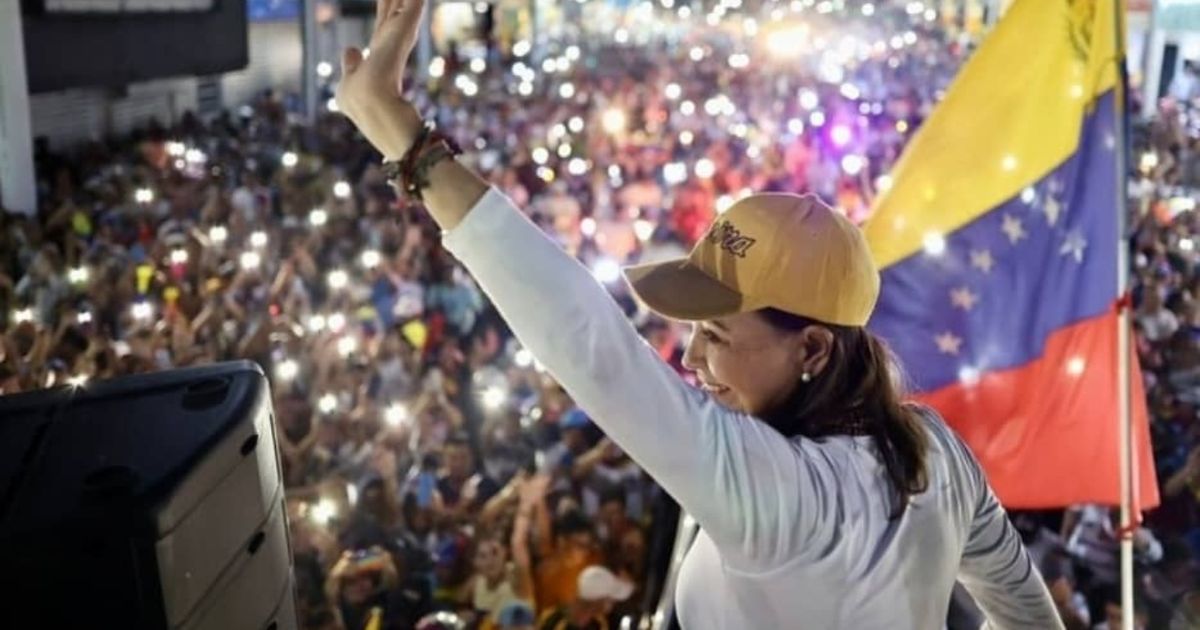Oscar Maya Belchi
Madrid, 14 apr. 900,000 euros for seven years in karting at a national and international level. 500,000 for a Formula 4 season. Later, €1M to move up to Formula 3. And €3M to compete in a leading F2 team, the prelude to F1; the goal that boys and girls dream of when they begin to compete. In total, 5.6 million euros.
“Motor racing is not cheap,” acknowledges in an interview with EFE Nacho Aviñó, president of the karting commission of the Royal Spanish Automobile Federation (RFEDA) and head of the Spanish Championship (CEK).
The shelled calculations are for an idyllic career. Starting with eight years in the ‘Mini’ category of the CEK and leaving the kart at 14 to move on to single-seaters at 15, moving up the category year after year. A performance at the level of the best in the world. Few succeed, but there are many who try.
In the first meeting of the CEK in the Karting Campillos in Malaga there was a record number of registered in the circuit, 166. It surpassed that of last season. After the pandemic, the youngest – and those who are not so young since in the highest category KZ there are participants who are over 40, – are looking more than ever at karting.
“The numbers after the pandemic, although it seems strange, have increased. Costs have risen, because life in general has risen. We try to contain expenses as much as possible, in everything that is in our power,” says Nacho Aviñó .
“I attribute this increase to a change in philosophy, from being at home to going out to do what you like. When we are in good health, we practice more,” he completes.
A Spanish Karting Championship that in its first test, of four, with two races each to save costs, brought together 23 different nationalities and had its highest number of female participation with 14 girls, three more than last season.
“It is an important fact, but I am more proud that in motorsport women are the same as men, we give them the same tools. They are totally equal. They put on their helmets and they are a number, we do not separate. That is maximum equality And more girls are signing up every year. Ten years ago there were two or three; now there are 14”, ponders the leader.
INVEST IN SPONSORSHIP
Currently, the CEK has the support of ‘Finetwork’, with a ‘naming’ agreement. Before they were Banco Santander and previously LaLiga. All of them, based on Law 49/2002, of December 23, on the tax regime of non-profit entities and tax incentives for patronage.
In other words, CEK sponsors have benefits in their respective income tax returns. “It is an issue that the Federation achieved,” says Nacho Aviñó.
“The quality of the Championship is very high. It has a significant cost and you have to look for companies like Finetwotk to push forward. Lowering quality is not an option, you have to seek support and Finetwork is a fundamental pillar,” he says.
Agreements that allow a championship to go ahead with a budget of more than 300,000 euros, which is not economically profitable, but as a way of “promoting the sport,” acknowledges Nacho Aviñó.
Of course, according to data sent to EFE by the Federation, last season the CEK had an impact of more than 2 million euros in each region during the three days it lasted. Hotels, restaurants, jobs… all around a CEK that passed through Motorland (Teruel), Chiva (Valencia), Campillos (Málaga) and Zuera (Zaragoza).
The Fernando Alonso circuit in Asturias is not on the calendar, although Nacho Aviñó does not “rule out the possibility” that they visit him in the future.
A COSTLY ROAD
A Fernando Alonso who came out of the CEK, like Carlos Sainz or Álex Palou, and whose name appears in youth teams like Lando Norris, Charles Leclerc or Daniel Ricciardo.
The road is hard and expensive, a base of 5.6 million euros, an ideal ascent to the top, although with many edges and extra expenses, but also facilities. A good performance on track can make an F1 team academy notice you and go hand in hand, but it is not the case for everyone.
A kart in the ‘Mini’ category is around 6,000 euros and ‘KZ’ is around 13,000, to which must be added fuel, tires, maintenance and mechanics.
“Undoubtedly, motor racing is not cheap,” acknowledges Nacho Aviñó. “Also the first ones to make it more expensive are the parents, who spend themselves on the circuits every weekend doing tests; that costs more than the four CEK races,” he points out.
In addition, it recognizes that having economic support or not, whether it is family, sponsors or being within a powerful structure, can mark the future of the boys and girls of the CEK.
“The first filter that we find is the economic one. Motorsports has a tool, the kart, which is not cheap, which wears out… Of course, there are other sports that have other types of expenses; when you get into competition, it leaves to be cheap,” he says.
And when they leave karting and opt for single-seaters with the dream of reaching F1, the expenses increase. Doing a Formula 4 season costs 500,000 euros; from F3, €1M; and in F2 it reaches up to €3 M in a team from the top of the grid. Just for participating. You have to add trips, training…
A path to the elite that has to come together with a sporting performance that is well above the average, together with important sponsors or financial support, but that begins in a karting to which, later, the drivers always return.
“The closest thing to an F1, with four wheels, is the gear kart; the one that everyone usually uses. At the level of physical demand, it is the best there is and at the level of concentration it completes them,” says Nacho Aviñó. EFE
omb/ea


